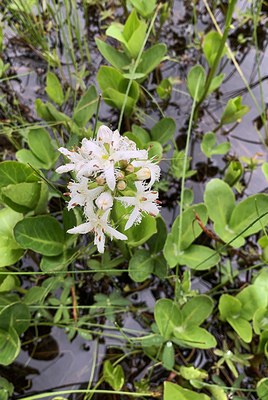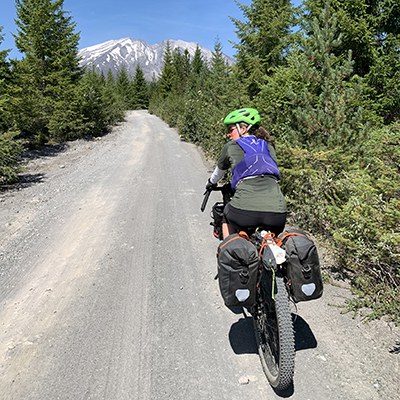by Sarah Graham
When many of us think of our favorite natural places, we likely find our mind’s eye filled with wildflower-studded mountain vistas, gushing waterfalls, grandiose canyons, and the like. Not so much swamps though, right? A closer look and a shift in perspective is warranted however. The beauty of wetlands lies perhaps not in a glamorous photograph but instead in the power of their capabilities.
A wetland is an area where the soil is saturated or covered with shallow water for extended periods of time throughout the year. You may know them as swamps, fens, marshes, or bogs and they are found on every continent except Antarctica. Coastal (or tidal) wetlands are found along ocean shores where fluctuating water levels mix seawater with freshwater. What we have in Central Oregon are inland (or non-tidal) wetlands. These occur in depressions of land soaked by precipitation, in floodplains, along the shorelines of ponds and lakes, or where the water table is high enough to saturate soil with groundwater.
Wetlands perform an astonishing variety of critical functions—two of which are water storage and filtration. In fact, wetlands are sometimes called “kidneys of the landscape.” Like halting runaway spilled milk with a sponge, plants and soils in wetlands put the brakes on fast-moving floodwater, reducing its erosive power and absorbing excess. This affords more time for any nutrients, pollutants, and sediment suspended in the floodwaters to settle to the bottom, allowing toxins to either be absorbed by plant life or bond with soil particles rather than pollute waterways and groundwater. This also means there is less sediment carried through surface water runoff into waterways where it can negatively impact fish and amphibian reproductive cycles. Excess water absorbed by wetlands may be slowly released, recharging groundwater and surface waters during dry periods. To put it simply, wetlands essentially have the ability to intercept potentially dangerous and dirty floodwaters, store it away safely while at the same time cleaning it, then gently release it when it’s most needed.
Wetlands even play a role in combating climate change. A given area of coastal wetland mangrove forest holds 10 times the amount of carbon as the same area of inland forest. These coastal marsh, seagrass, and mangrove areas hold half of all carbon in the ocean floor. This “blue carbon” has been stored in underwater soils in low-oxygen conditions for centuries or possibly millennia and there is a lot of it. Keeping it locked away and out of the atmosphere mitigates the effects of climate change.
In addition to the immense value wetlands bring to the natural world, they also provide extensive opportunities for outdoor recreation such as birding, hunting, fishing, photography, and canoeing. Although many of Central Oregon’s wetlands were lost as a result of widespread beaver trapping in the early 19th century, there are still many options for visiting and enjoying local wetlands. Sparks Lake on the Cascade Lakes Highway outside of Bend is an expansive lake, marsh, meadow, and stream wetland complex with a breathtaking mountain peak backdrop. Watch out for hidden water channels or “beaver highways” in the area however! Wetlands can even be enjoyed in Bend’s Old Mill District where red-winged blackbirds hop among the cattails in the marsh margins of the Deschutes River. Another example in Central Oregon is at the Land Trust’s Metolius River Preserve near Camp Sherman, where a fen (an alkaline wetland that is fed from groundwater) is located.
Sources:
- Why Are Wetlands Important?, EPA
- Wetlands Factsheet Series, EPA
- Five Things You Should Know about Wetlands, Conservation International
- What on Earth is 'Blue Carbon'?, Conservation International
- Wetlands Overview, EPA
- America's Wetlands: Our Vital Link Between Land and Water, EPA
- Functions and Values of Wetlands, EPA
- Deschutes Basin Wetlands and Riparian Areas, Oregon Explorer
Learn more:
- The Land Trust’s Ochoco Preserve multi-year restoration project will bring wetlands back to life on the Preserve
- The Importance of Wet Meadows
 Sarah Graham is an Oregon State Certified Master Naturalist who spends her free time mountain biking, trail running, talking to plants, and learning about all things nature.
Sarah Graham is an Oregon State Certified Master Naturalist who spends her free time mountain biking, trail running, talking to plants, and learning about all things nature.


